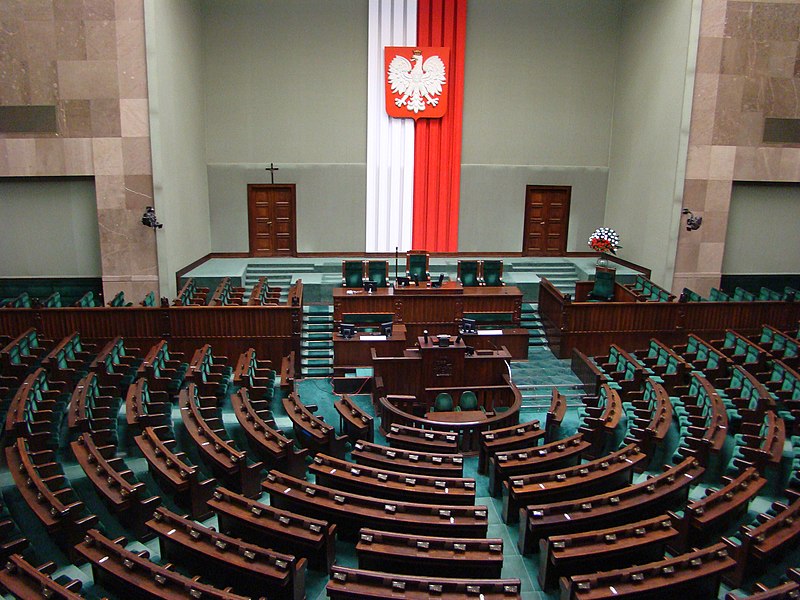
Poland's parliamentary elections on Sunday have resulted in a remarkable milestone, with a record-breaking 136 women elected to the Sejm, the country's more influential lower house of
parliament. This achievement means that 29.6% of the Sejm's 460 members are now women, surpassing the global average of 24.3%, but still slightly below the EU-wide figure of 32.7%. Simultaneously, the number of women in the 100-seat Senate, Poland's weaker upper chamber, has decreased from 24 to 17.
This year, a record 44% of the candidates in the Sejm elections were women. However, female candidates often found themselves placed lower on electoral lists by political parties, reducing their chances of being elected.
Among the elected candidates, The Left (Lewica) boasts the highest gender parity, with 46% of its 26 MPs being women. In contrast, the far-right Confederation (Konfederacja) has the lowest representation, with only 6% of its 18 MPs being female.
Poland's national-conservative Law and Justice Party (PiS), which held power for the past eight years but lost its parliamentary majority, has 22% of its 194 MPs being women.
The primary opposition group, the centrist Civic Coalition (KO), counts 39% of women among its 157 MPs, while the center-right Third Way (Trzecia Droga) has 29% of its 65 MPs being female.
Throughout the election campaign, especially the opposition parties like KO and The Left, aimed to engage female voters. They promoted their female candidates and emphasized women-centered programs.
These two parties also strived for gender equality in their candidate lists, with women making up 47.8% of KO's electoral candidates and 49.6% of those from The Left.
The gender balance was slightly lower among the number one candidates on each party's lists, who typically have a higher chance of being elected, with 41.5% for KO and 34.2% for The Left. Third Way featured 41.2% female candidates overall, with 20% among top candidates.
PiS had 40.4% female candidates, with only 24.4% among the top candidates. In contrast, Confederation, a party led predominantly by men and known for its popularity among male voters, had nearly 40% female candidates but only 2.4% among the top candidates.
The exit poll following the close of voting on Sunday revealed a slightly higher turnout among female voters at 73.7%, compared to 72% among male voters. Additionally, the poll indicated that women were more inclined to vote for the three mainstream opposition parties, but much less likely to vote for Confederation. PiS received similar support from both male and female voters. Photo by Szczebrzeszynski, Wikimedia commons.



































